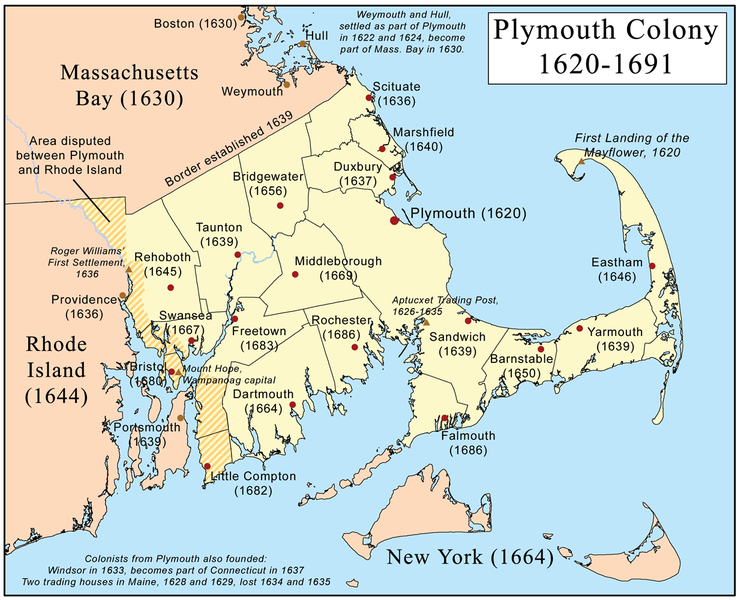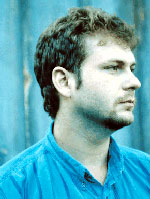 I haven't posted in a while, have been busy with a number of things, such as new projects kicking off, proposals to write, along with a number of meetings.
I haven't posted in a while, have been busy with a number of things, such as new projects kicking off, proposals to write, along with a number of meetings.
This weekend, I got home from a couple of meetings, the NCEES Northeast Zone meeting and Colonial States Boards of Surveying Registration. One of the interesting things I learned a bit more about there was the South Carolina system of tiered land surveying licensure. One that struck me as odd is the GIS Surveyor licensure that was passed several years ago.
In South Carolina, they have implemented a series of surveying licenses, which are subsetted to certain disciplines - photogrammetry and geodetic surveyor were two of the ones I had heard discussed more about. With these, it's historically been my understanding and feeling that geodesists and photogrammetrists pretty much stuck to their respective fields, with little overlap or interest in boundary work or other aspects of surveying. GIS Surveyor seems like an odd one, though.
This is how South Carolina has implemented it:
Historically, geodesy and photogrammetry have gone hand-in-hand with surveying, each a very specialized subdomain. Historically, however, neither of these have required licensure in most areas, and given the limited numbers of practitioners in these fields, and the limited number of litigations or other legal conundrums generally associated with geodesy or photogrammetry, I am not entirely certain that licensure even is warranted.
However, GIS is such a broad field. GIS supports so many disciplines, such as archaeology, urban and regional planning, resource conservation, geology, socioeconomics, and so on. In terms of overlap with surveying, it would be a Venn diagram showing a modest overlap - particularly where it comes to cadastral data, geodesy, photogrammetry, and locational data acquisition and locational data quality. But there is plenty to GIS which has nothing whatsoever to do with surveying.
The question of licensure brings up a number of other questions. Has the practice of GIS been trouble-free? Not at all. Has GIS been misused, have lawsuits arisen due to improper use of GIS? Yes. And unfortunately many of these have been as a result of improper use of cadastral data, where for instance tax-map grade GIS data was used to pursue building setback violations, or other ordinance-based conundrums, rather than relying on an actual field survey to verify lines of possession and improvements in the field. In some instances, unlicensed GIS practitioners have done such things as utilized handheld GPS units to locate property corners and similar features in the field. When it comes to these sorts of things, does GIS trespass on practice of land surveying? In most states, yes. And as such, they can be pursued under existing land surveying licensure laws.
In some instances, GIS data must be strictly controlled, due to legal implications, due to pending litigation or cost recovery in the instance of environmental cleanup data, due to loss of sensitive and endangered species in the case of conservation, or risk of looting in the case of archaeological data, and so on. In some of these instances, perhaps professional licensure may indeed be appropriate for GIS practitioners - the "protect the public" part of the equation being bolstered with risk to practitioners who do not exercise proper care, such as fines or loss of licensure. But does that have anything to do with surveying? No. Another approach is through self-policing within the GIS community, as some current proposals have it, but even good intentions pave the road to hell.
It will be interesting to see what the times bear.
For additional background, I have found a number of discussions on this - yet they all just seem to scratch the surface...Information posted to the South Carolina State Mapping Advisory CommitteeFurther correspondence posted by Patrick J. Bresnahan, Richland County SC

 Was just a little over a year ago that I
Was just a little over a year ago that I 

 The New York Post has an article today, titled "
The New York Post has an article today, titled "


 You now have an additional option button to select GPS Camera, and now your lat/long will be grabbed automagically from the integrated GPS to be embedded in the photo's EXIF tag.
You now have an additional option button to select GPS Camera, and now your lat/long will be grabbed automagically from the integrated GPS to be embedded in the photo's EXIF tag. 












 I haven't posted in a while, have been busy with a number of things, such as new projects kicking off, proposals to write, along with a number of meetings.
I haven't posted in a while, have been busy with a number of things, such as new projects kicking off, proposals to write, along with a number of meetings.
 It tends to make providing detailed attribute information a disincentive, and steers folks toward taking the cop-out approach of just providing the overview description. Seems like an opportunity lost.
It tends to make providing detailed attribute information a disincentive, and steers folks toward taking the cop-out approach of just providing the overview description. Seems like an opportunity lost.
 I am looking forward to attending the
I am looking forward to attending the 





